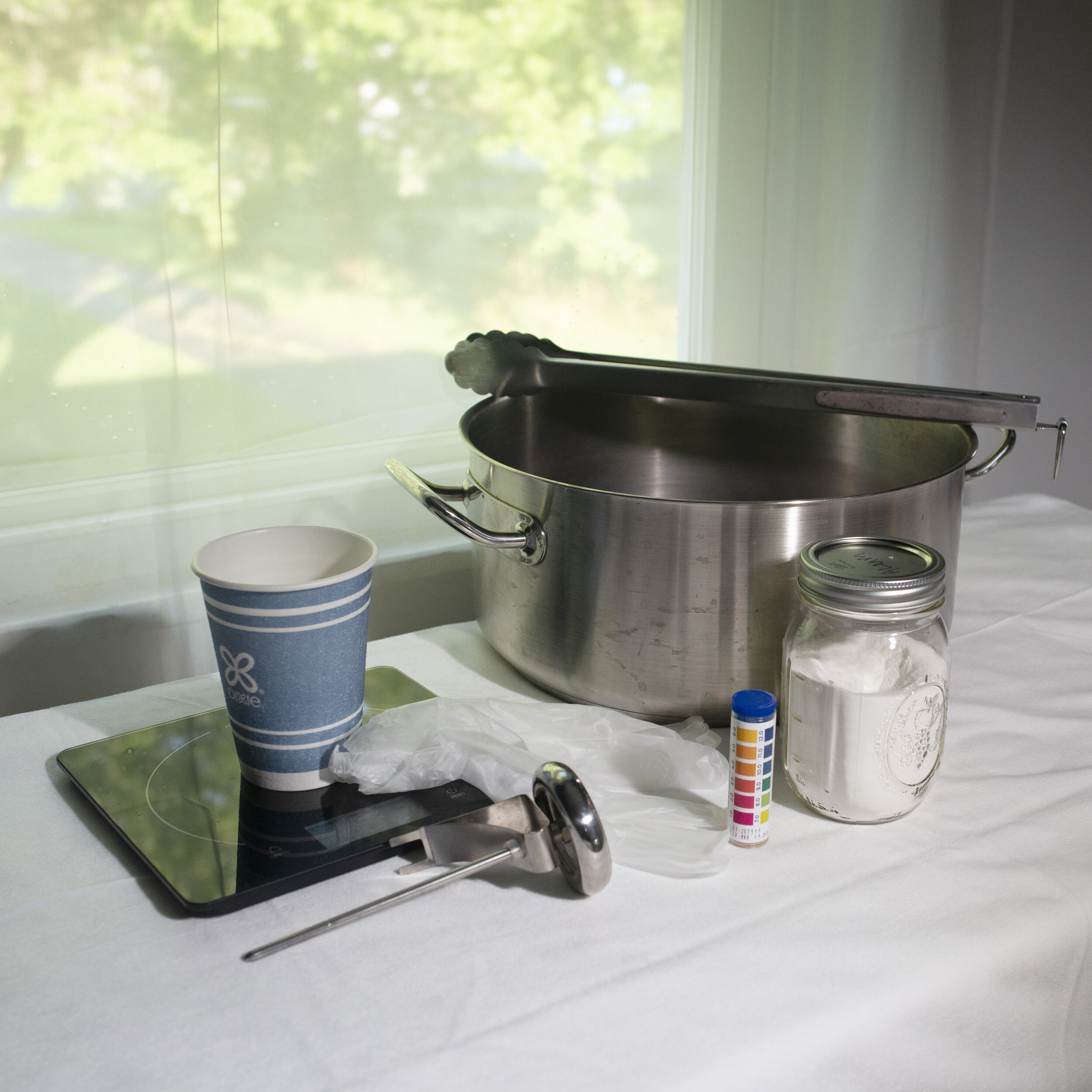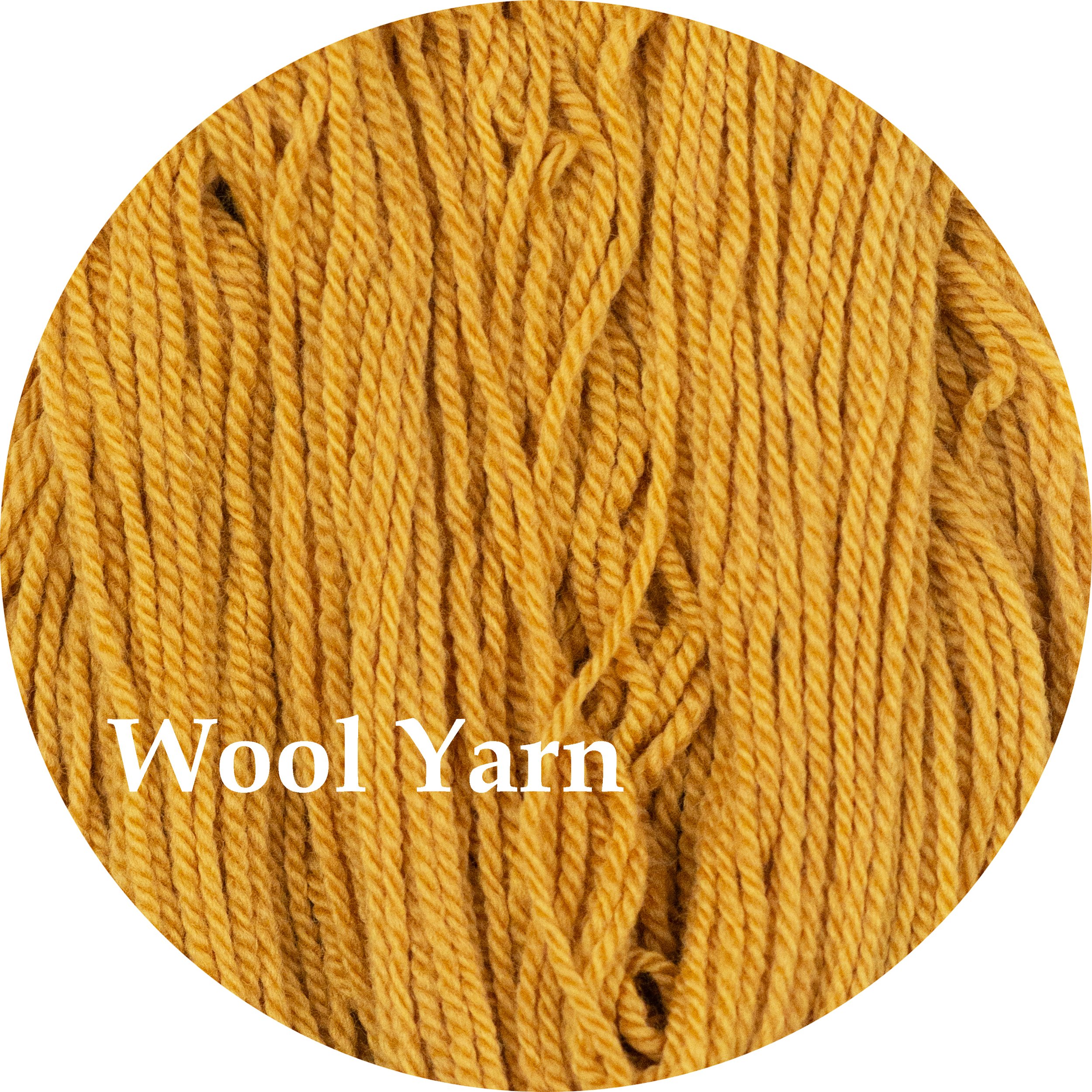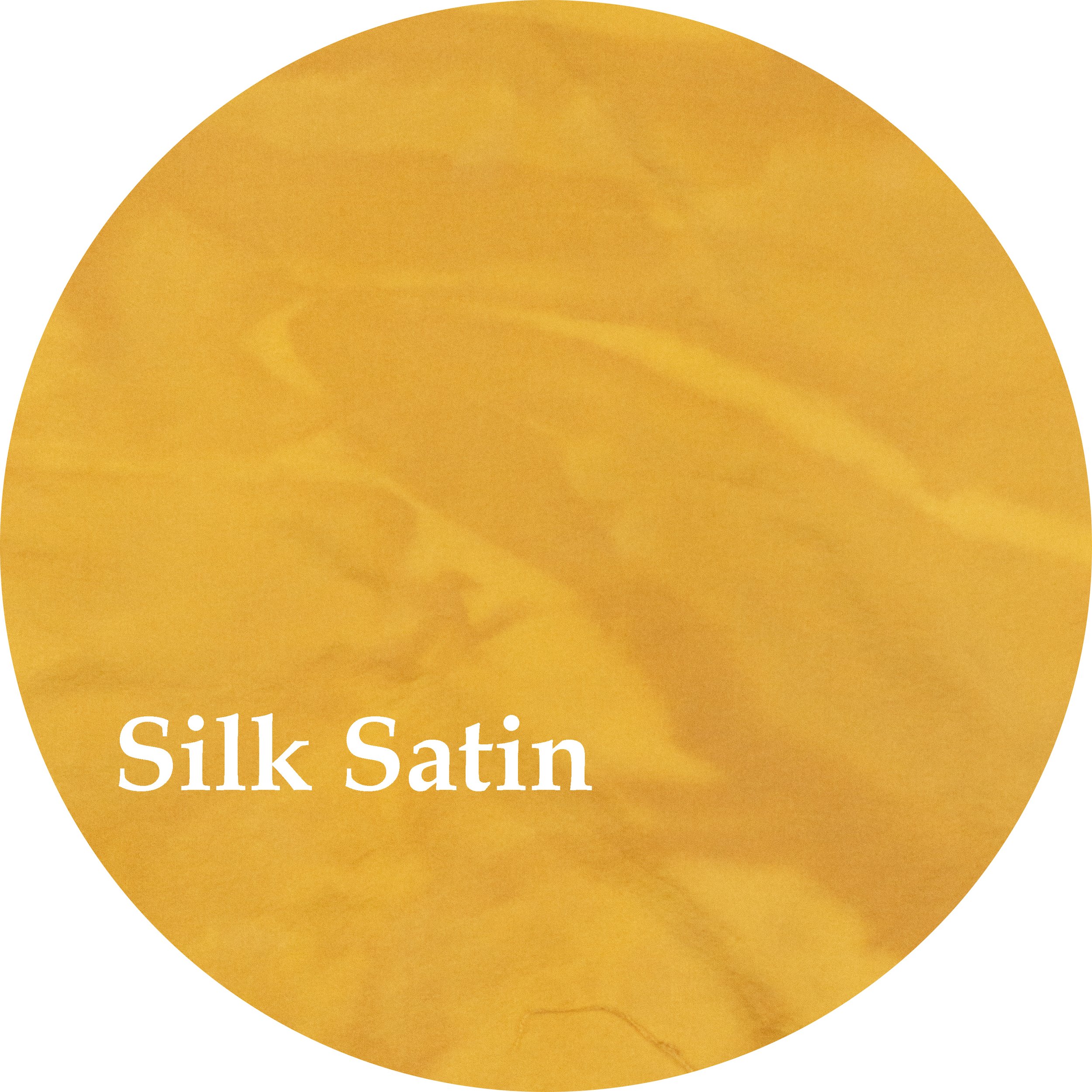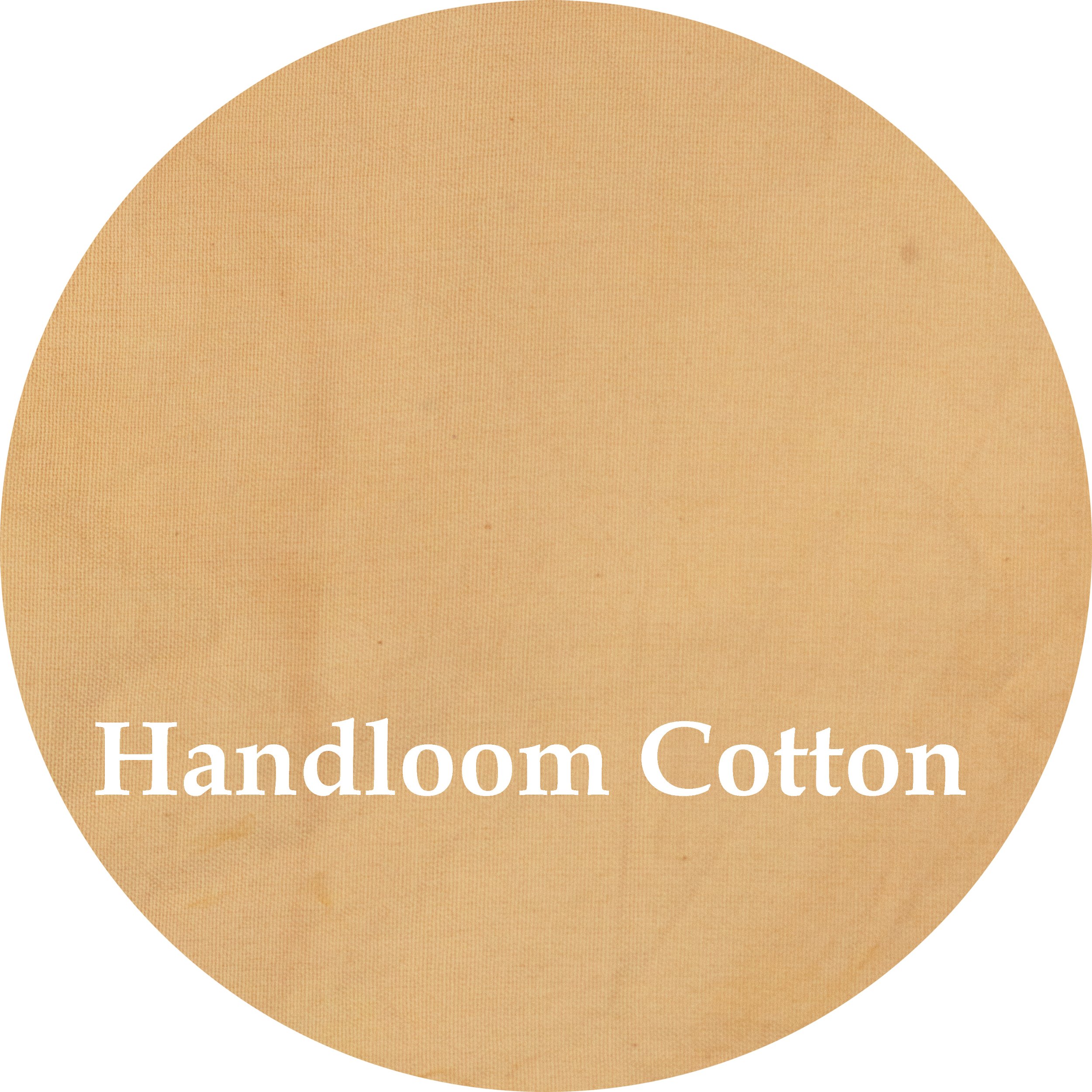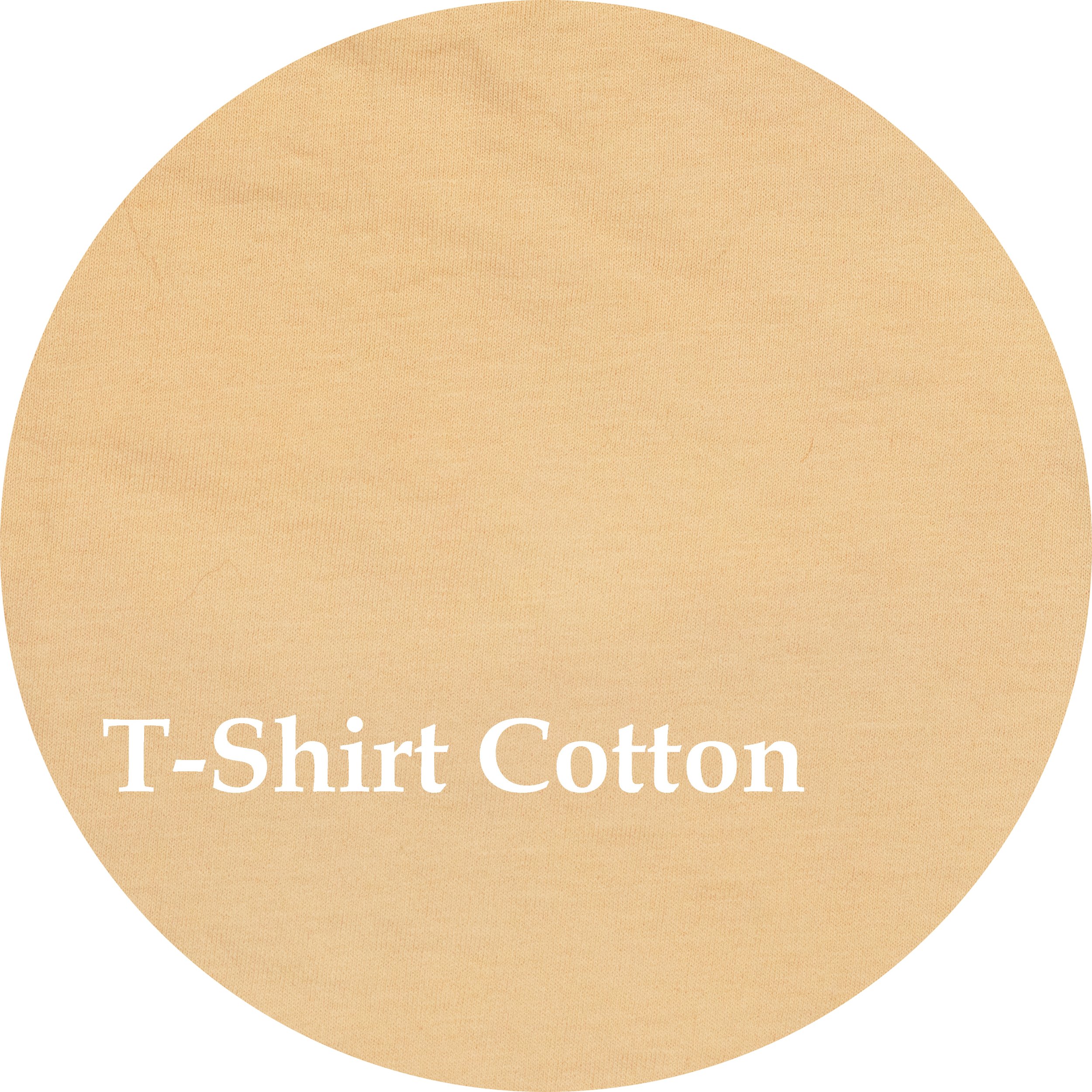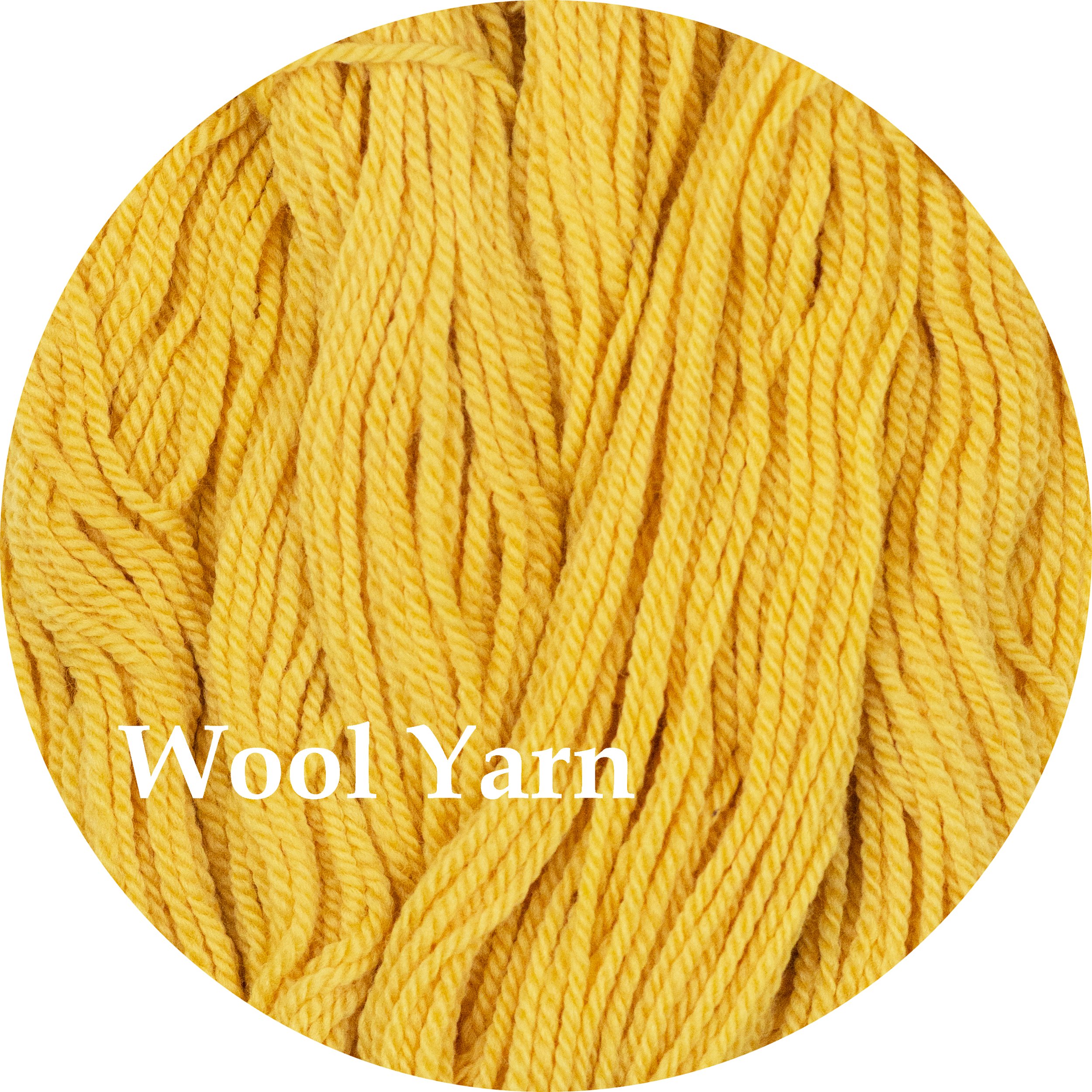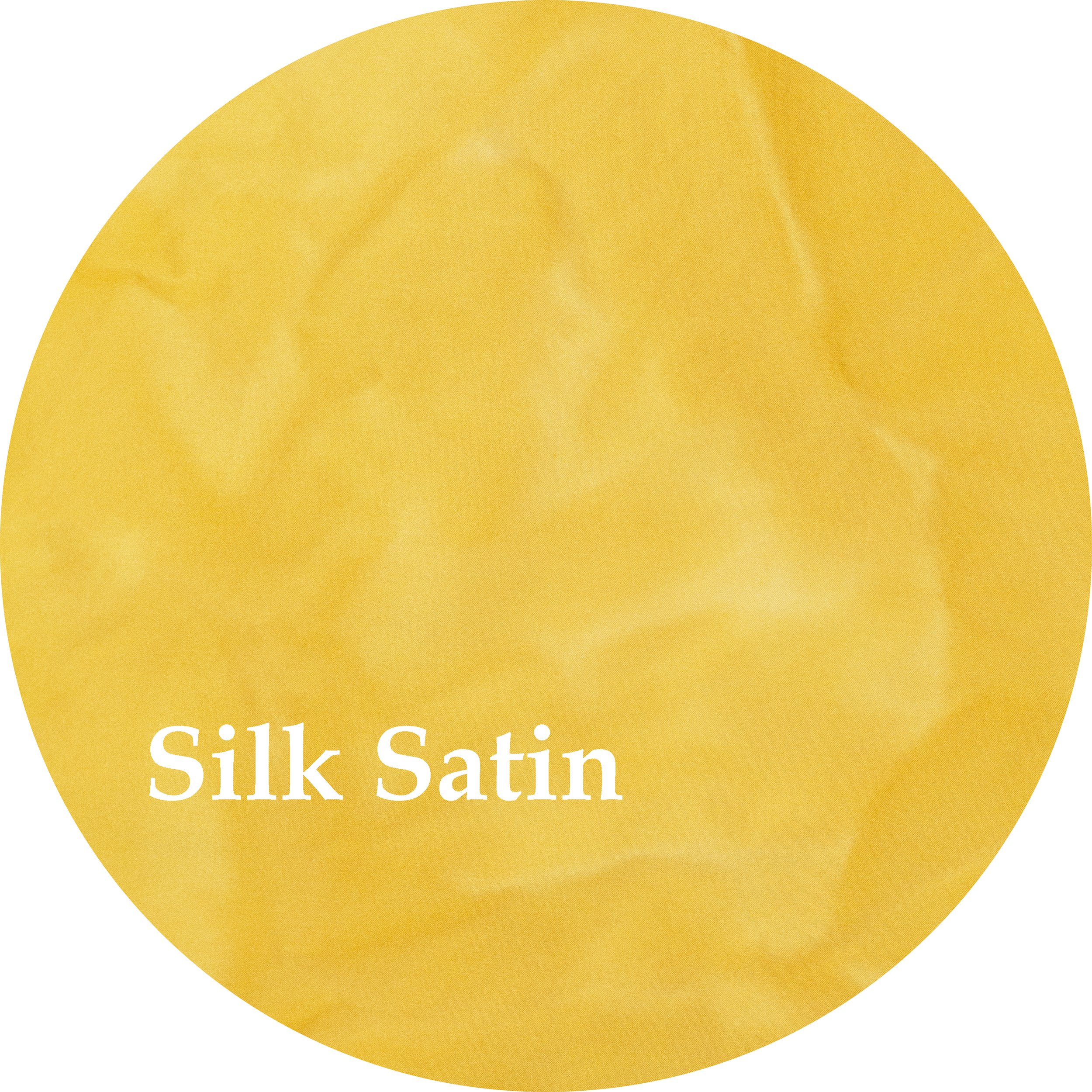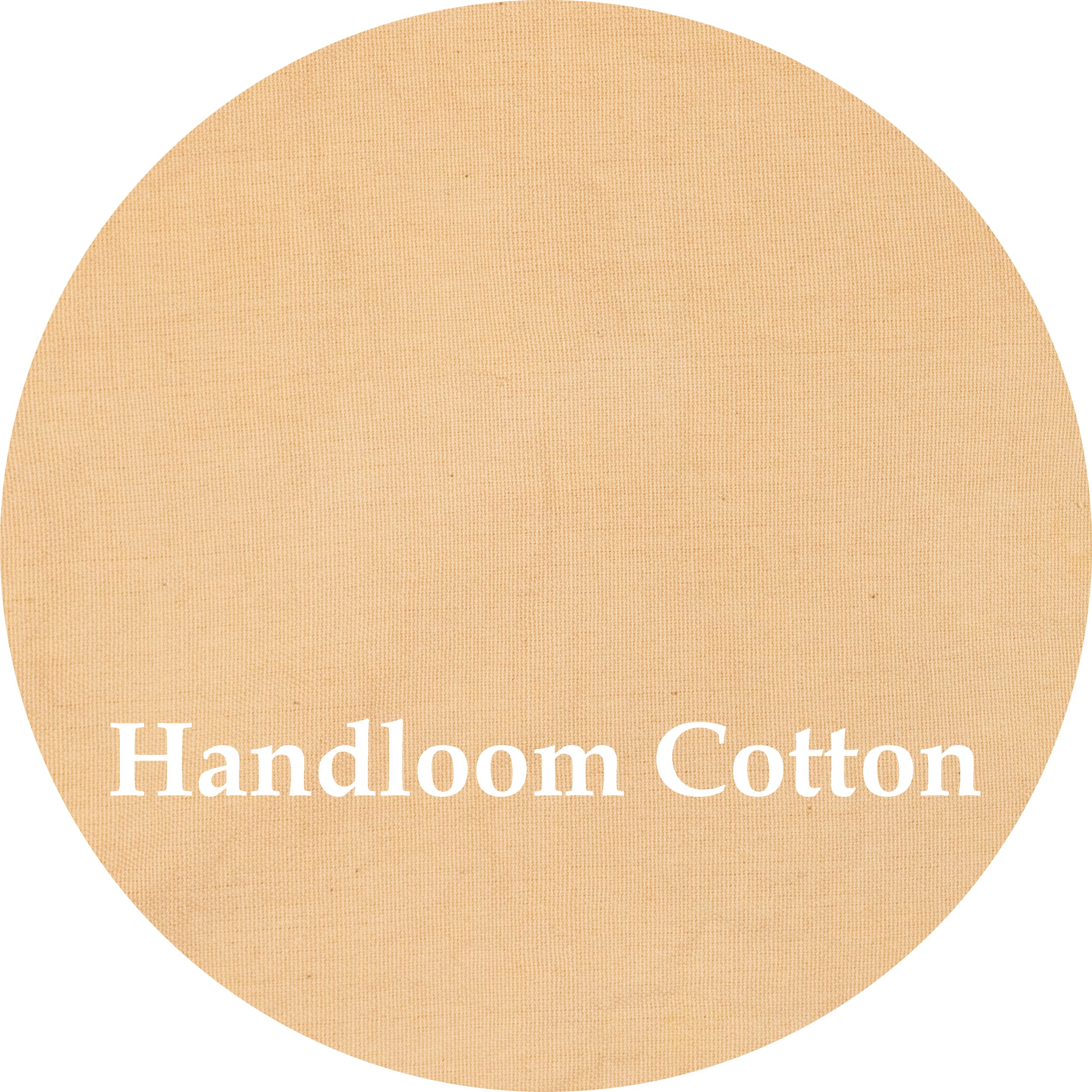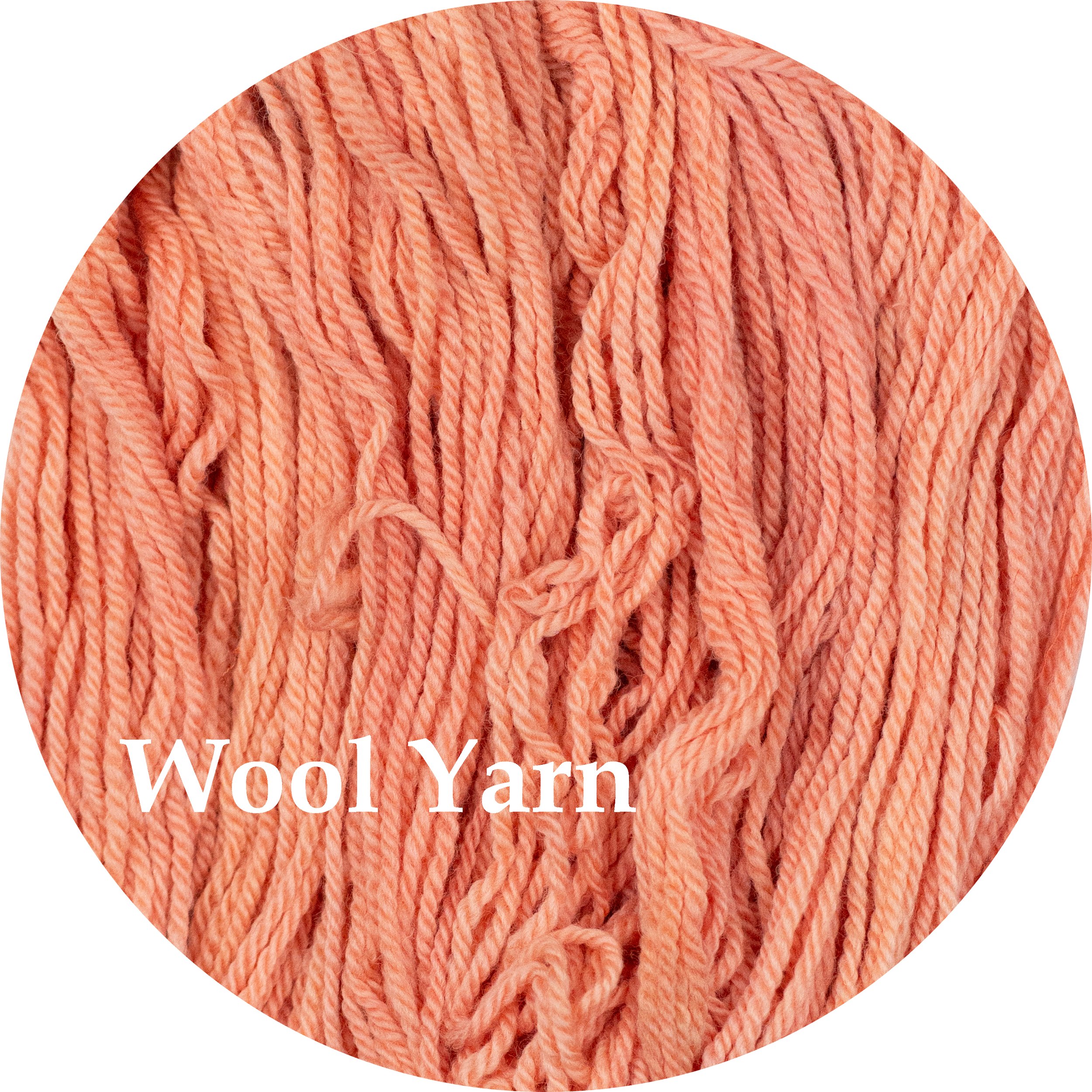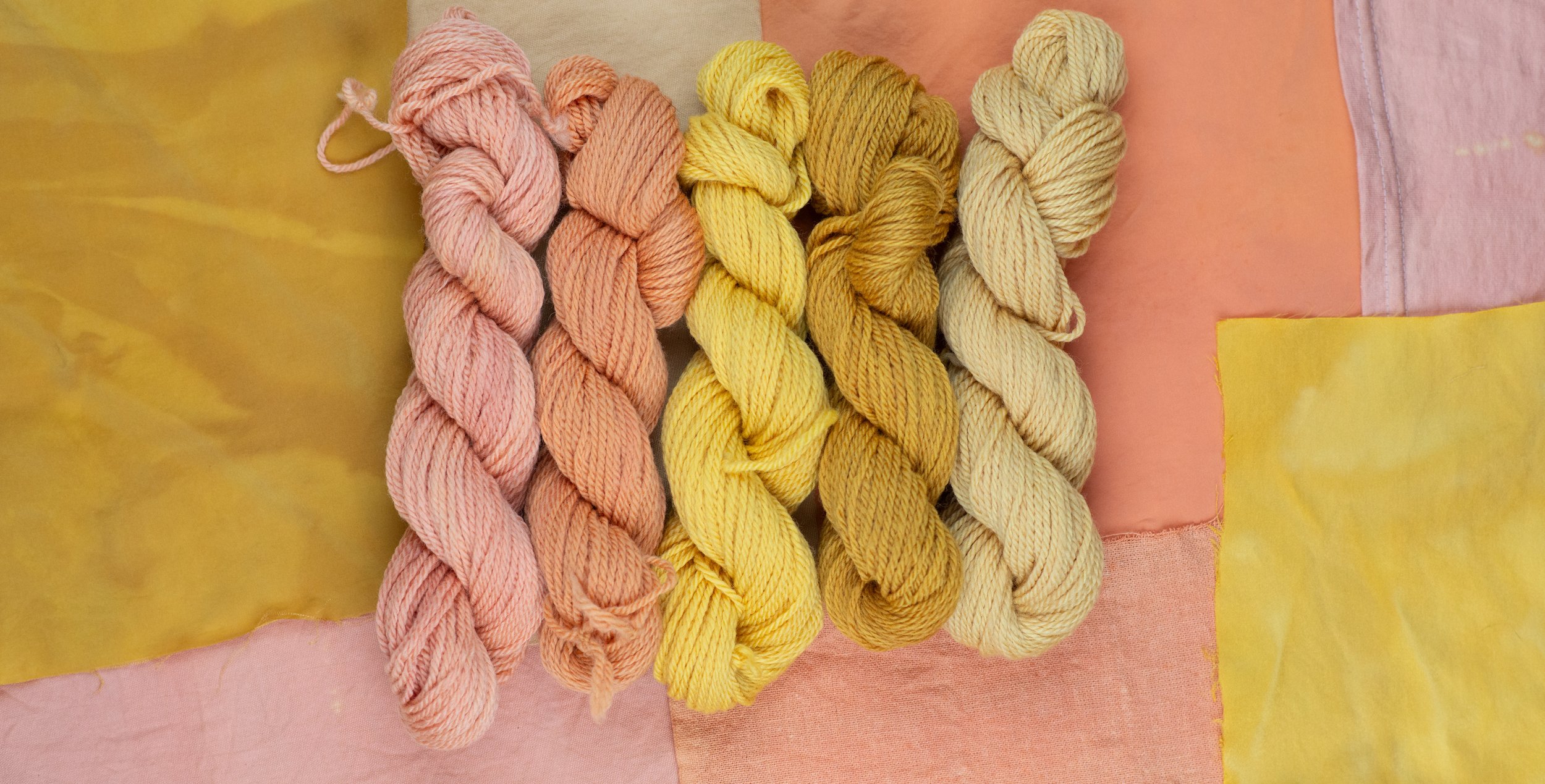
Buckthorn Bark Extract
A Guide to Buckthorn Bark
Shepherd Textiles Buckthorn Bark Extract is made from the bark of the alder buckthorn rhamnus frangula. Alder buckthorn is a shrub native to most of Europe and western Asia that has been used for thousands of years as a dye. The bark is rich in an anthraquinone called emodin as well as a variety of tannins. Emodin produces warm yellow shades on natural fibers. It is also very pH-sensitive, and the color will shift toward red in an alkaline bath above pH 9. Use at 10% weight-of-fabric for medium shades. Dyeing without heat will produce clearer yellows and pinks, while dyeing with heat will develop browner hues. Product of France.
1. Background on Buckthorn
Coming soon…
An Iron Age Color
2. Safety Precautions
DO NOT INGEST. This product is intended for textile dyeing, not as an herbal supplement.
Avoid eye contact. If eye contact occurs, rinse with cool water.
Not for use as a cosmetic additive; do not apply directly to skin or hair.
Open carefully to avoid spilling or creating dust.
If a spill occurs, quickly wipe up with a paper towel or disposable rag.
Use only dye pots and utensils dedicated to dyeing. Do not use any pots, containers, spoons, tongs, thermometers, or other utensils that will be used for food preparation.
Buckthorn Bark Extract, and all dye baths and mordant liquors made while dyeing, should be kept out of reach of children and pets. Use only with adult supervision.
Shepherd Textiles, LLC is not liable for any misuse of this product or any unintended staining of your clothing, workspace, or other property. Use only as directed.
3. Recommended Supplies
Dye pot. Use a dye pot large enough to hold all your fibers, with plenty of room for them to move around and for the liquid to circulate freely.
Metal tongs. A pair of tongs is useful for stirring and taking fabric out. Use tongs dedicated to dyeing, and not for food preparation.
Rubber gloves. Wear rubber gloves while handling mordanted/dyed fiber before it has been rinsed.
Candy thermometer. The best way to keep track of temperature is to use a candy thermometer that clips to the side of the dye pot.
Scale. Use a scale to weigh out fiber, mordant, and dyestuff.
Alum mordant. Alum mordant (potassium aluminum sulfate) is the same alum sold in the spice aisle at the grocery store.
Washing soda. Also known as soda ash, washing soda is a strong alkali that is used to modify pH-sensitive dyes.
4. Preparation: Pre-Mordanting With Alum
Buckthorn Bark Extract can be applied to wool without a mordant, but the resulting color will be more fugitive to light (it will fade more quickly). The best results are obtained by premordanting with alum. The fibers should be well scoured (cleaned) before starting - otherwise the dye job may turn out uneven.
For wool fibers (wool, alpaca, etc.): Mordant with 10% alum and 11% cream of tartar.
Weigh out the fibers you plan to dye (while they are dry). Multiply that weight by 0.10 to calculate the amount of alum you will need, and 0.11 to calculate the amount of cream of tartar.
Fill your dye pot with hot tap water, leaving enough room for the fiber.
Weigh out the correct amount of cream of tartar and pour it into the dye pot. Mix with a spoon or metal tongs until it has dissolved.
Next, weight out the correct amount of alum and add it to the dye pot. Mix until well dissolved.
Gently place your fibers into the mordanting solution.
Heat mordant bath to 180°F and maintain heat for 1 hour. If you don’t have a candy thermometer, you will have to estimate the temperature. At 180°F, steam vapor will be rising off the water but it will not be bubbling. If your mordant bath starts to bubble, turn down the heat.
Stir every 15 or 20 minutes to make sure fibers mordant evenly. Otherwise, an uneven dye job may result.
After an hour, remove from heat and let cool to room temperature. Once cool, you can immediately proceed to rinsing, or you can leave the fibers to steep overnight in the mordant bath. This can dramatically improve results when dyeing thick yarn or tightly woven fabrics.
When ready to rinse, put on rubber gloves and gently squeeze excess mordant solution back into the pot. Rinse fibers well in lukewarm water. Set aside until ready to dye. Keep out of reach of children and pets.
Dispose of mordant solution according to local guidelines.
For silk: Mordant with 15% alum.
Follow the directions for mordanting wool described above. However, use 15% alum and omit the cream of tartar.
For cellulose fibers (cotton, linen, etc.): Treat with a tannin before mordanting.
Buckthorn Bark Extract gives pale to medium results on cotton. For the best results, the cotton should be properly tanned and mordanted before beginning.
Scour (clean) the cotton by adding 1 tsp of soda ash and 1 drop of dish soap to a 5-gallon dye pot. Add the cotton and heat to 180F-190F for an hour, stirring occasionally. Remove from heat, and when cool enough to handle, rinse and wring out well.
Apply Sumac Extract to the cotton to tan it. Fill your dye pot with just enough hot water for your fibers to move around freely - the more concentrated the tannin bath, the stronger the results will be. Dissolve 20% WOF Sumac Extract into the water. Add the cotton, raise the heat to 180-190F, and maintain for an hour. Remove from heat and allow to slowly cool to room temperature: for best results, steep overnight. After steeping, remove the cotton and gently squeeze out excess liquid (wearing rubber gloves), but do not rinse, as this may rinse out the tannins before they can bond to the mordant. For the very strongest results, hang the cotton up and let it dry before proceeding to mordanting.
Prepare an alum mordant bath using either (a) 20% weight-of-fabric alum + 5% soda ash (washing soda), or (b) 20% weight-of-fabric of aluminum lactate. Either option will create a relatively neutral pH mordant bath that bonds well with cotton.
Heat the mordant bath to 150°F or 160°F, place the cotton in it, and raise the heat to 190°F. Maintain for one hour, stirring occcasionally to make sure the fibers mordant evenly. After one hour, remove from heat. When cool enough to handle safely, remove fibers and rinse well in lukewarm water.

The Recipes
5. Recipe: Golden Brown
Buckthorn bark contains both a yellow pigment and a variety of brownish tannins. Dyeing at the normal temperature (in a hot dye bath) will allow the tannins to develop and bond to the fiber. They will combine with the yellow pigment to create a warm golden brown hue. To get a clearer shade of yellow, Buckthorn Bark Extract can be applied without heat, as in the next recipe.
Fill your dye pot with enough warm water for your fibers to move around freely.
Measure out 10% weight-of-fabric (WOF) of Buckthorn Bark Extract and add to the dye pot. Stir well until dissolved.
Add your alum-mordanted fibers to the dye bath.
Raise the temperature to 180°F for silk or 190-200°F for wool and cotton, then maintain for 1 hour. Stir occasionally to make sure everything dyes evenly.
After 1 hour, remove pot from heat and allow the fibers to cool completely in the dye bath.
Remove the fibers with tongs and rinse well in lukewarm water. Hang them up to dry somewhere in the shade to help the color set.
For a final rinsing, we recommend using a PH-neutral detergent like Synthrapol that is designed to wash out loose dye. Follow the manufacturer’s directions for best results. CAUTION: Moroccan Henna Extract may bleed if not thoroughly rinsed out after dyeing.
Hang up to dry.
6. Recipe: Golden Yellow
Buckthorn Bark Extract is one of a handful of natural dyes that applies very well without heat. Simply place mordanted fibers in a room-temperature dyebath and let them steep overnight, or for up to 48 hours. This will prevent that natural tannins in buckthorn bark from developing, and it will produce a clear shade of golden yellow. Note that the fibers should be extremely well scoured (cleaned) before mordanting. Cold dyeing is very unforgiving of dirty or greasy spots, which will show up as unevenness in the finished goods.
Fill your dye pot with enough warm water for your fibers to move around freely.
Measure out 10% weight-of-fabric (WOF) of Buckthorn Bark Extract and add to the dye pot. Stir well until dissolved. The bath should turn a dark yellow-brown.
Add your alum-mordanted fibers to the dye bath. Make sure they are fully submerged, without any bubbles trapped beneath them.
Cover the pot and let steep until the desired shade is achieved. The swatches above were left to steep overnight; slightly darker shades may develop by leaving a day or so longer. You may need to stir occasionally to make sure the fibers dye evenly.
When the color has developed to the desired shade (or when it looks like it is as dark as it is going to get), remove the fibers and rinse them well in lukewarm water. Hang them up to dry somewhere in the shade to help the color set.
For a final rinsing, we recommend using a PH-neutral detergent like Synthrapol that is designed to wash out loose dye. Follow the manufacturer’s directions for best results. CAUTION: Buckthorn Bark Extract may bleed if not thoroughly rinsed out after dyeing.
Hang up to dry.
Note: The fibers should be extremely well scoured before mordanting if you plan to use this recipe. Cold-dyeing is very unforgiving of grease or grime, and dirty spots will show up as obvious darker or lighter areas. A hot dye bath usually helps disperse dirt on the surface of fibers, but when dyeing without heat, the fibers need to be extremely clean before going into the dye bath.
7. Recipe: Buckthorn Pink
The yellow pigment in buckthorn bark is highly pH-sensitive, and it will shift toward red in an alkaline dye bath of pH 9 or higher. Buckthorn bark was probably used for this color in prehistoric northern Europe, where red dyes were in short supply. However, the color is highly unstable - a drop of coffee or sweat will shift the dyed fiber right back to yellow. The clearest red shades also require an extremely alkaline pH of 11 or more, which is harsh on natural fibers. For those reasons we do not recommend using this recipe for fragile wools or goods that will see heavy use - in those cases, a more stable red like madder is preferable.
Fill your dye pot with enough warm water for your fibers to move around freely.
Adjust the pH of the water to 10 or 11 using washing soda (soda ash) or strained hardwood ash (natural lye). Use pH strips to confirm.
Measure out 20% weight-of-fabric (WOF) of Buckthorn Bark Extract and add to the dye pot. Stir well until dissolved. The bath should turn a very dark red-brown.
Add your alum-mordanted fibers to the dye bath. Make sure they are fully submerged, without any bubbles trapped beneath them.
Cover the pot and let steep until the desired shade is achieved. The swatches above were left to steep for just 3 hours; slightly darker shades may develop by leaving overnight or for longer.
Stir occasionally to make sure the fibers dye evenly. You may also want to occasionally check the pH with strips; if the pH drops below 10 or 11, remove the fibers with tongs, readjust the pH with more washing soda, and return the fibers to the dye pot.
When you are ready to remove the fibers and rinse them, fill a bucket or dye pot with warm water and adjust the pH to 11 with washing soda. Note that if you try to rinse the fibers in water straight from the tap, the neutral pH of the tap water will shift the color of the fiber back toward yellow.
Remove the dyed fibers from the dye pot and squeeze out excess liquid while wearing rubber gloves. Rinse the fibers in the pot full of alkaline water (while still wearing rubber gloves). Hang up to dry somewhere in the shade where dripping alkaline water will not cause any damage.
For a final rinsing, make another bucket full of water adjusted to pH 11, but add a few drops of a PH-neutral detergent like Synthrapol that is designed to wash out loose dye. Follow the manufacturer’s directions for best results. CAUTION: Buckthorn Bark Extract may bleed if not thoroughly rinsed out after dyeing.
Hang up to dry.
CAUTION: The red and pink shades from this recipe are extremely unstable because of their pH sensitivity. Rinsing in neutral pH tap water can shift the color back toward yellow; a drop of coffee, lemon juice, or sweat will cause a bright yellow stain.
All images and text are copyright of Shepherd Textiles, LLC. Do not reproduce without written permission and attribution.




